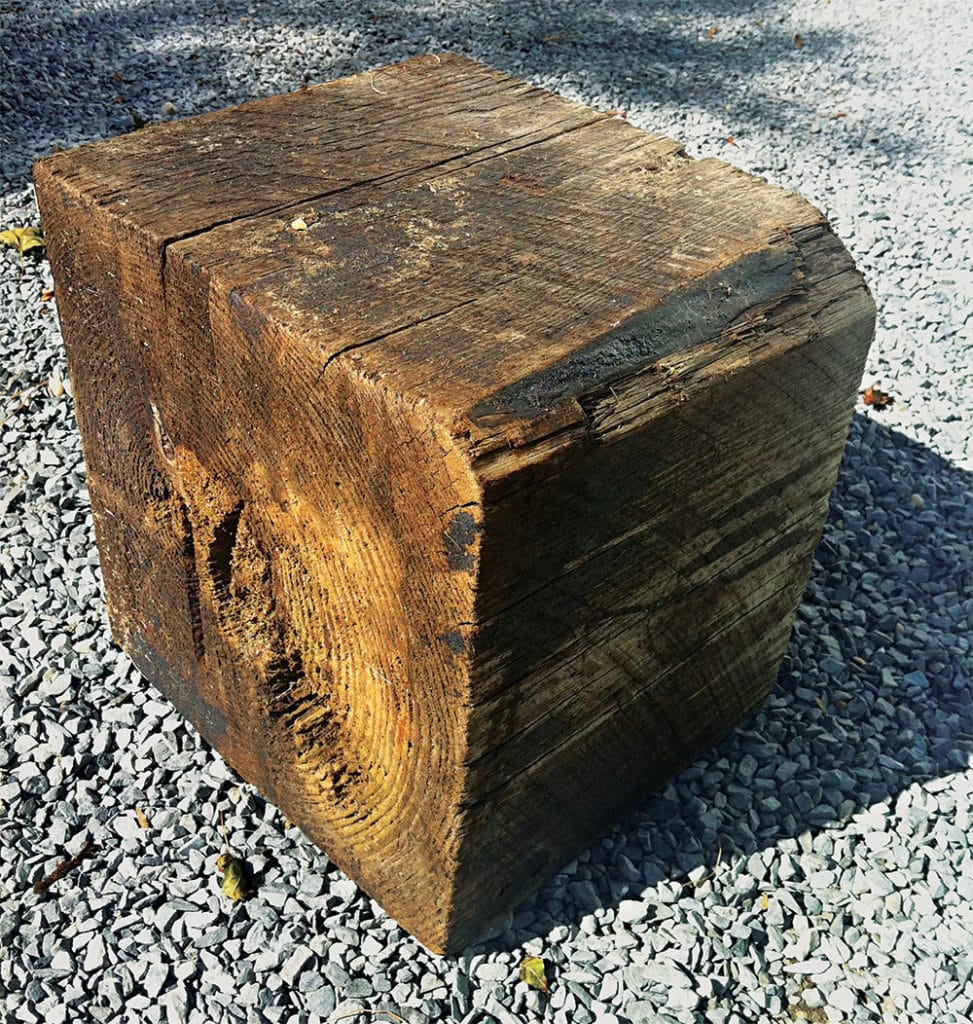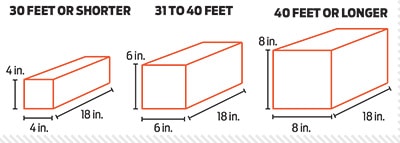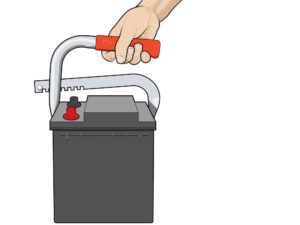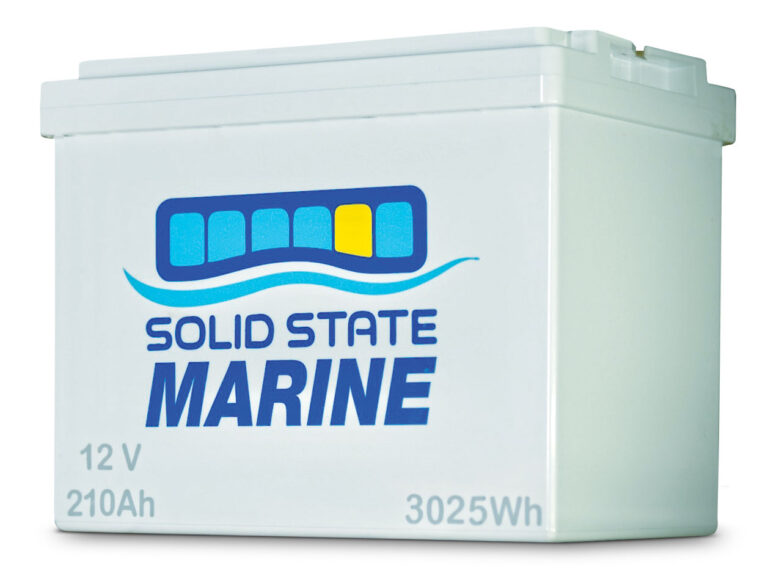
How to Block a Boat
Whether you do it yourself or not, it’s essential for you to know the proper way to block up a boat for storage. Placing a boat on blocks can be dangerous to you and damaging to the boat, if done wrong. If you own a trailerable boat, or have access to a roller trailer, the following tips gleaned from American Boat and Yacht Council guidelines and boatyard pros should prove helpful.
Select a firm, level piece of ground. Back the rig into place and let out a few feet of winch cable. Now get out and push the boat back off the trailer until it reaches the balance point — the point where a little weight at the transom would cause it to tip aft and slide off the trailer were it not for the winch cable.
Next, stack masonry blocks — ABYC scorns cinder blocks — beneath the transom corners and under the keel aft. ABYC recommends that a pad of plywood be used beneath blocks on soft ground and that blocks stacked higher than two tiers be cribbed (adjacent tiers stacked perpendicularly). The stack’s height should not exceed 1 1/2 times its base’s length or width, whichever is shorter. Use a piece of wood as a pad between the stack and your boat.
Now have a helper tip the transom onto the blocks as you gingerly pull forward until the boat is supported by the trailer forward and the blocks aft. Stack blocks along the keel and aft of the stem to a height that allows the cockpit to drain. Pull the trailer out from under.
You’re not done. ABYC recommends a minimum two sets of keel blocks per boat. Place these, and adjust athwartship trim, with more blocks and wood shims — or for convenience, use adjustable jack stands. The boat’s manufacturer may be able to supply you with the preferred location of the blocks. If not, identify areas where bulkheads are installed and place them there to help distribute the load. Minimum keel block sizes recommended by ABYC are 4 inches by 18 inches for boats shorter than 30 feet (length overall) and 6 inches by 18 inches for boats to 40 feet long. Twelve-by-12-inch blocks are acceptable for any boat.
If you consider DIY boat blocking, remember that even a small boat is heavy enough to kill you should it fall. Be careful, and call in a pro if you have any doubts. The intent of this article is to relate how it’s done, as well as to disseminate safe practice information for winter boat storage.
Minimum Width and Length of Keel Blocking
In all cases, 12-by-12-inch blocks are acceptable. Use wood blocks; barrels and cinder blocks should not be used for keel blocking.










